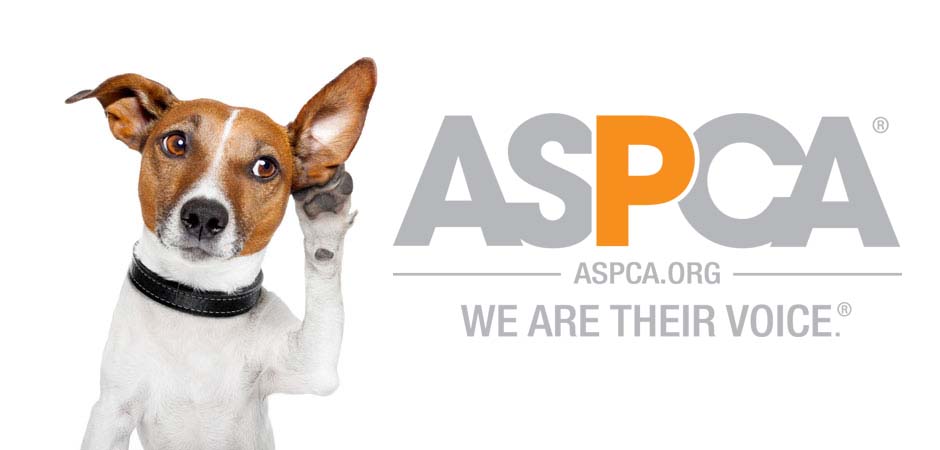Earlier this year, ASPCA Humane Law Enforcement Agents arrived at a New York City apartment to find that dozens of cats and kittens had overtaken the small space. The cats were severely malnourished, and many suffered from upper respiratory disease. There were no litter boxes, and the floor was covered in several inches of feces and urine. Living among the filth and debris was an 85-year-old woman suffering from dementia—she had been hoarding animals for years.
Animal hoarding is a complex and intricate social issue with far-reaching effects that encompass mental health, animal welfare and public safety concerns. Victims can include cats, dogs, reptiles, rodents, birds, exotics and even farm animals. While it’s not clear why people become animal hoarders, current research suggests the cause is often attachment disorder in conjunction with personality disorders, paranoia, dementia, depression and other mental illness. The hoarder does not intend to inflict harm on animals, and in most cases, the hoarder can no longer take care of himself, much less multiple animals.
“We often see that animal hoarders have experienced some traumatic event or loss in their lives,” says Fiona Knight, Cruelty Intervention Advocacy Manager at the ASPCA. “Usually, they are very lonely and isolated people—and the animals become their primary source of bonding and interaction.”
While the ASPCA does pursue cruelty charges when appropriate, in many cases, prosecution is not the answer. Not only are such cases difficult to successfully prosecute, but once released, hoarders are overwhelmingly likely to resume collecting excessive numbers of animals. The solution lies in supplying hoarders with the resources and tools they need to keep them from repeating their destructive patterns.
“As a clinical social worker, it is my job to go in and work with the hoarders. Not only do I educate them on the problems caused by having so many animals, but I also connect them with appropriate services,” says Knight. “Whether individuals need a therapist who specializes in hoarding, a cleaning service or the assistance of adult protective services, we provide the resources. Our first priority is to remove the animals and provide them with immediate treatment, but our job doesn’t end there.”
News Alert: August 6, 2010 ASPCA
ASPCA Resources & How You Can Help
TUFTS Hoarding of Animals Research Consortium





3 Comments
What a great article. I’ve been working as a Veterinary Technician (mostly Emergency/ Critical Care) for the last 23 years. And have seen first hand the devastating after affects on the health of these hoarded animals. They are often too malnourished or sick to even survive the much needed medical care, they usually need. It is hard on everyone involved (including Animal Control officers as well as the Veterinary staff). I appreciate that in your article you do make a very clear statement, that most animal hoarders suffer from an array of mental disorders & truly don’t want to cause pain & suffering to their pets, they truly love them all very much- they just can’t see what their hoarding is doing to the animals as well as themselves. I hope that someday, this very sad and tragic disorder will be understood better. So, we don’t have to see anymore animals or people suffer. Thank you
I recently checked out a television special on animal hoarders and it really opened my eyes to the psychology behind it. If you have a chance, try to check it out on Animal Planet.
Great article, there seems to be an increase in hoarding, or just coming to concern by the public. People should definitely take a stand and report any hoarding activity to the proper authority